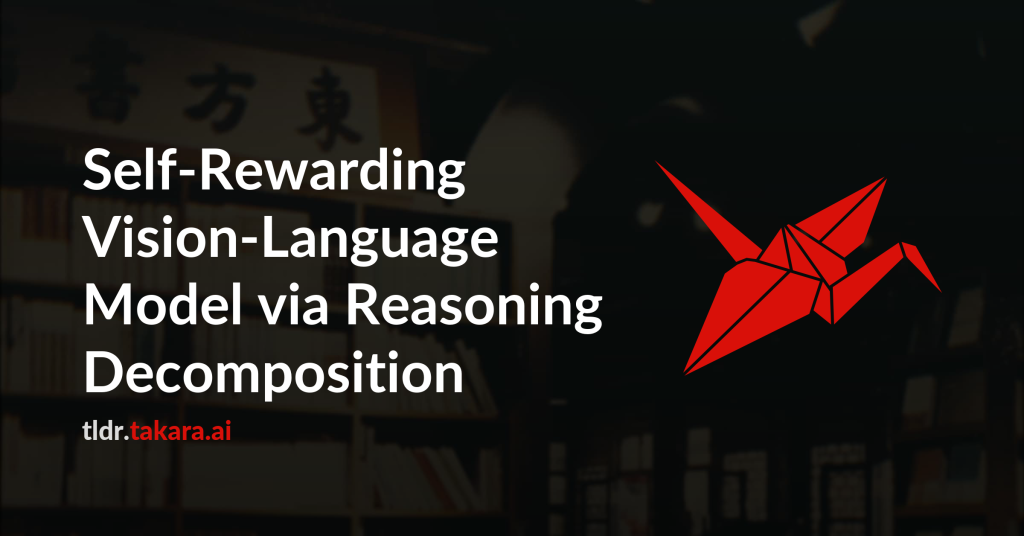Vision-Language Models (VLMs) often suffer from visual hallucinations, saying
things that are not actually in the image, and language shortcuts, where they
skip the visual part and just rely on text priors. These issues arise because
most post-training methods for VLMs rely on simple verifiable answer matching
and supervise only final outputs, leaving intermediate visual reasoning without
explicit guidance. As a result, VLMs receive sparse visual signals and often
learn to prioritize language-based reasoning over visual perception. To
mitigate this, some existing methods add visual supervision using human
annotations or distilled labels from external large models. However, human
annotations are labor-intensive and costly, and because external signals cannot
adapt to the evolving policy, they cause distributional shifts that can lead to
reward hacking. In this paper, we introduce Vision-SR1, a self-rewarding method
that improves visual reasoning without relying on external visual supervisions
via reinforcement learning. Vision-SR1 decomposes VLM reasoning into two
stages: visual perception and language reasoning. The model is first prompted
to produce self-contained visual perceptions that are sufficient to answer the
question without referring back the input image. To validate this
self-containment, the same VLM model is then re-prompted to perform language
reasoning using only the generated perception as input to compute reward. This
self-reward is combined with supervision on final outputs, providing a balanced
training signal that strengthens both visual perception and language reasoning.
Our experiments demonstrate that Vision-SR1 improves visual reasoning,
mitigates visual hallucinations, and reduces reliance on language shortcuts
across diverse vision-language tasks.

